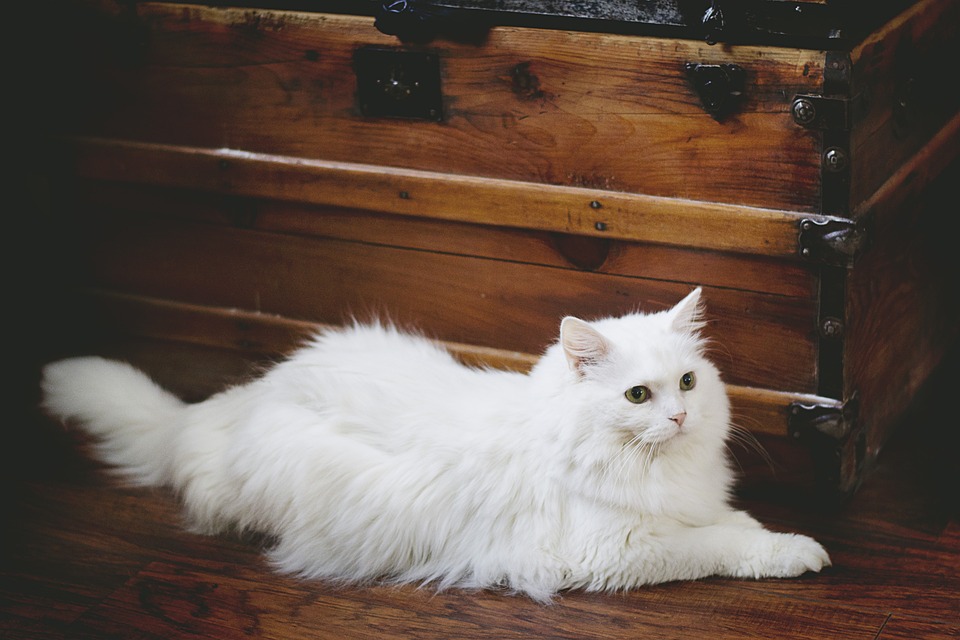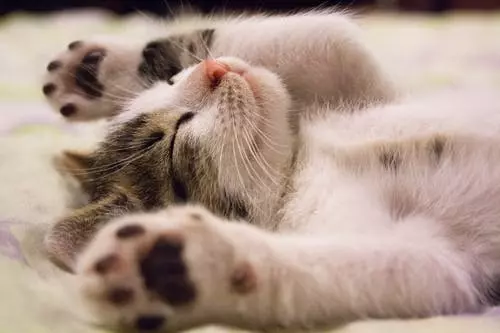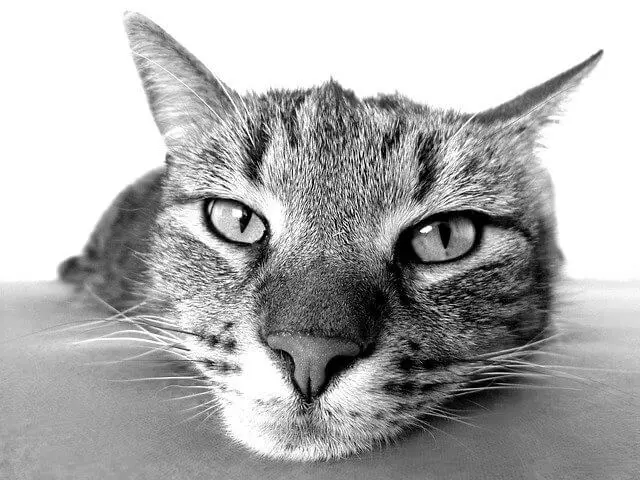Cats are generally known for their independent and calm nature, but aggression can occasionally be observed in some feline companions. To better understand this behavior, it is essential to delve into the nature vs. nurture debate. While genetics play a role in a cat’s disposition, environmental factors and upbringing can also significantly impact their behavior. This article aims to shed light on the roots of aggression in cats, exploring both nature and nurture factors that contribute to this behavior.
Nature: Genetic Predispositions
Certain cat breeds may have genetic predispositions towards aggression. For example, Siamese cats are known to be more vocal and potentially aggressive compared to other breeds. However, it is important to note that individual personalities can still vary within a breed. Additionally, gender differences in aggression have been observed, with male cats often displaying more territorial and aggressive behaviors compared to females. Inherited traits, such as a higher prey drive or a more dominant personality, can also contribute to aggressive tendencies in cats.
Nurture: Environmental Influences
Environmental influences and early life experiences play a crucial role in shaping a cat’s behavior. Cats that are not properly socialized during their early stages of life may exhibit fear or aggression towards unfamiliar people or animals. Traumatic events, such as abuse, abandonment, or significant changes in the cat’s environment, can also contribute to aggressive behavior. Lack of proper training and discipline can further exacerbate aggressive tendencies in cats.
The Complex Interaction: Nature and Nurture
The roots of aggression in cats can be attributed to the complex interaction between genetic predispositions and environmental factors. While genetics may make certain cats more prone to aggression, it is the environment and upbringing that ultimately determine whether these predispositions manifest into aggressive behavior. Identifying triggers that provoke aggression and managing them appropriately is crucial in preventing aggressive episodes. Neutering and spaying can also play a role in reducing aggression, as it helps to regulate hormones and minimize territorial behaviors.
FAQs (Frequently Asked Questions)
1. Can aggression be considered normal behavior in cats?
While aggression can occur in cats, it is essential to differentiate between normal play aggression and serious aggressive behavior. Consult with a veterinarian or an animal behaviorist to assess the severity and underlying causes of aggression.
2. Are certain cat breeds more prone to aggression?
Yes, certain breeds may have genetic predispositions towards aggression. For example, Siamese cats are known to be more vocal and potentially aggressive compared to other breeds. However, it is important to note that individual personalities can still vary within a breed.
3. How can I prevent aggression in my cat?
Ensuring proper socialization during a cat’s early life stages is crucial in preventing aggression. Providing a stimulating environment, regular playtime, and positive reinforcement training can also help reduce aggressive tendencies.
4. Can aggression in cats be caused by trauma?
Yes, traumatic experiences such as abuse, abandonment, or significant changes in the cat’s environment can contribute to aggressive behavior. Patience, understanding, and a calm environment can aid in the rehabilitation of traumatized cats.
5. Is it possible to correct aggressive behavior in cats?
With appropriate intervention, patience, and consistency, many cases of aggression in cats can be managed effectively. Seeking professional advice from a veterinarian or animal behaviorist is recommended to develop a tailored behavior modification plan.
Conclusion
Understanding the roots of aggression in cats requires a comprehensive analysis of both nature and nurture factors. While genetics may predispose certain breeds to aggression, environmental influences, early socialization, and training can significantly shape a cat’s behavior. By identifying triggers, providing appropriate care, and seeking professional guidance when needed, cat owners can help manage and reduce aggression, ensuring a harmonious and safe environment for both feline companions and their human counterparts.








